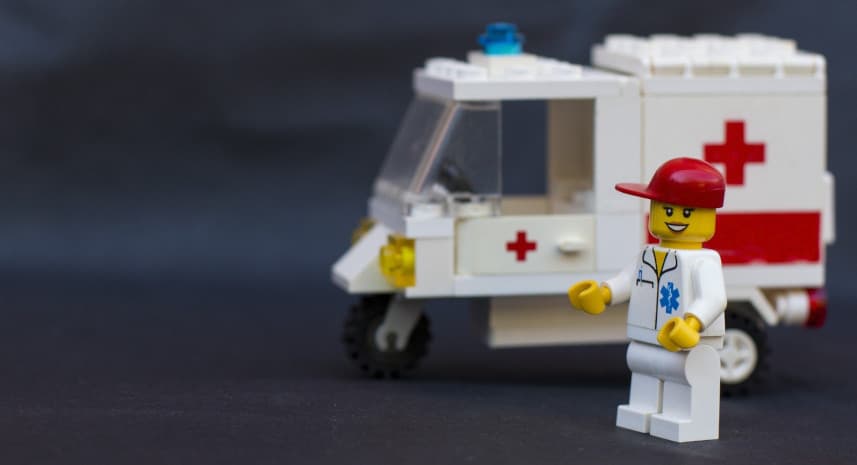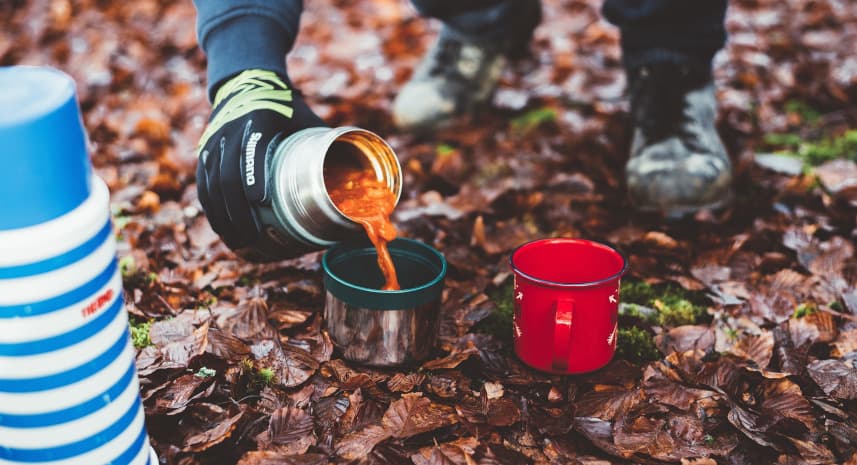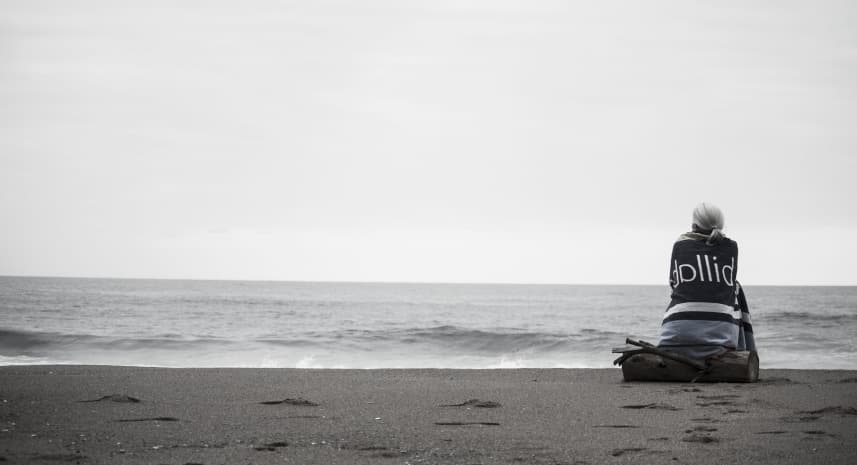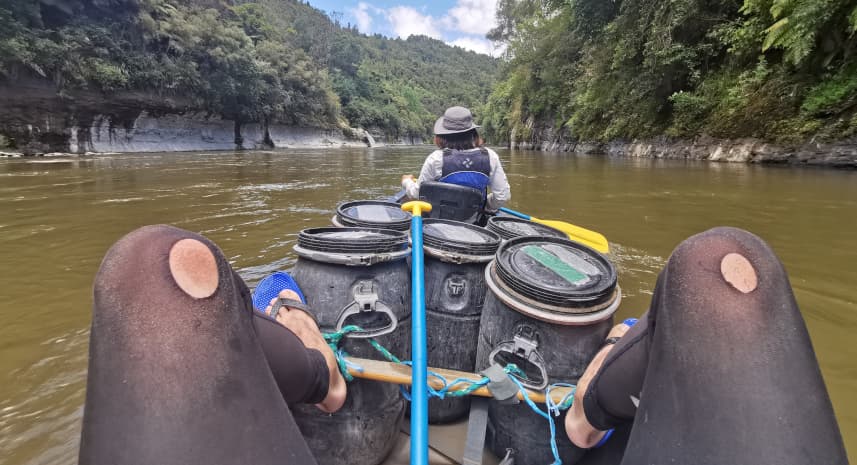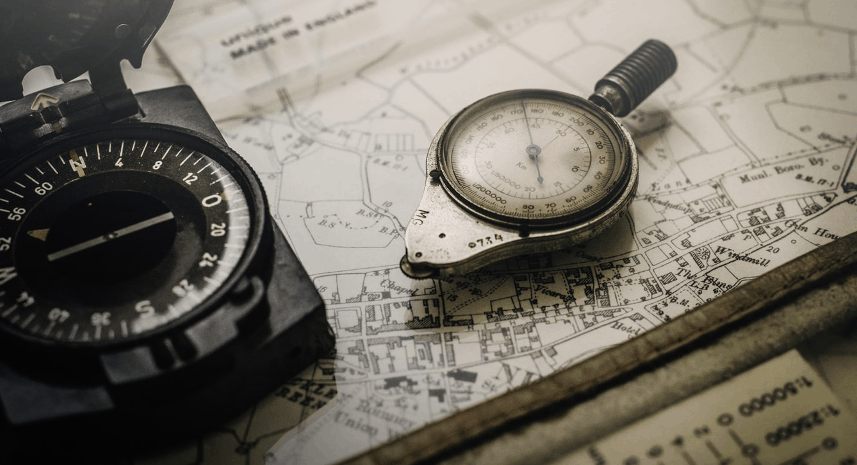Vitamin 'I' also called Ibuprofen
Painkillers for hiking

Harmlessly, the painkiller ibuprofen is called vitamin “I”. The danger of taking it the wrong way is thus downplayed. Too many thru-hikers use it while hiking to fight through the pain instead of listening to the body’s alarm signs and shifting down a gear. It is good to have ibuprofen or similar painkillers in your pack as a backup for emergencies. It can be useful to take this overnight to reduce any inflammation. Also in exceptional situations where pausing the hike is not…







